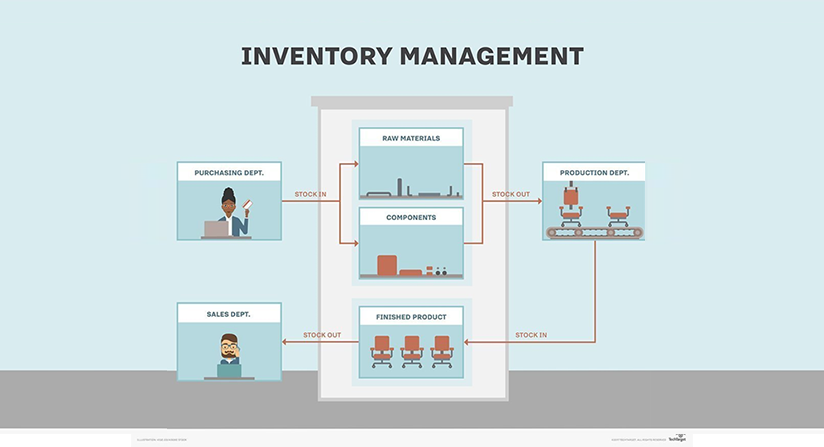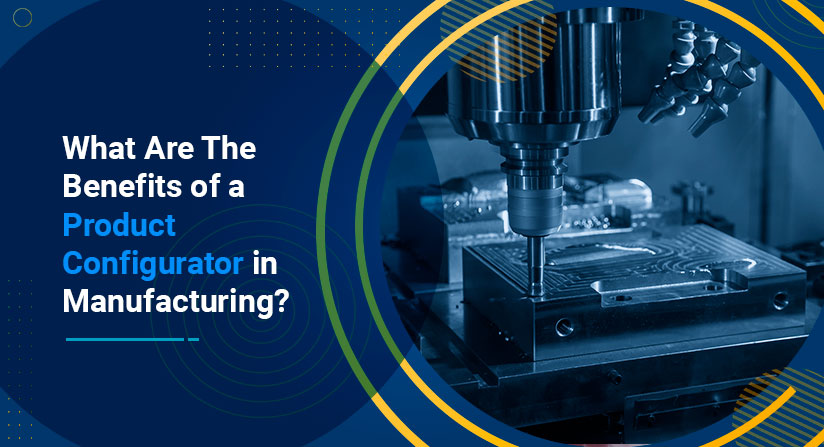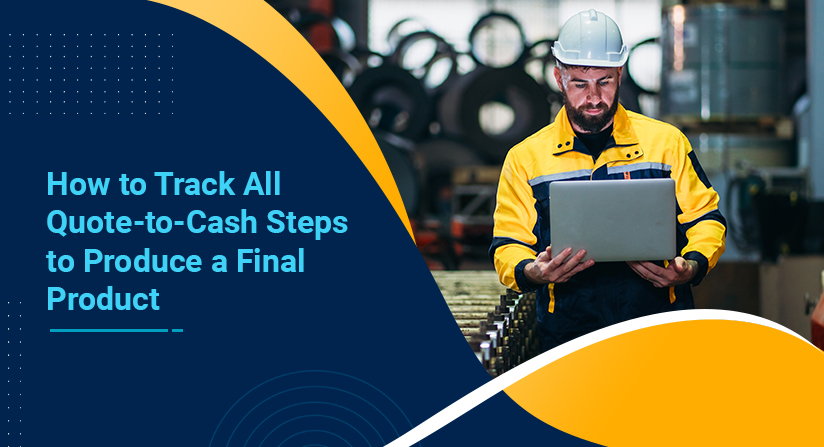A bill of materials (BOM) is a list of the raw materials, assemblies, sub-assemblies, components, sub-components, and associated quantities plus labor and equipment needed to complete a job.
The BOM also requires quality control over each step in the process to ensure that no defective or substandard components find their way into the final product. If that happens, they must be replaced or modified to meet the specified standard.
Spreadsheets and Manual Processes Just Don’t Cut it Any More
Spreadsheets … we love ‘em … up to a point. They’re familiar. They’re ubiquitous. And it doesn’t take long to acquire a basic understanding of how to work with them. However, if you’re a manufacturing company with complex production processes, we think spreadsheets and/or other manual processes are significantly limited in their ability to serve you over the long haul.
While BOMs have been proven to be much more effectively managed with the aid of an ERP solution with integrated BOM functionality or a BOM-specific software solution, the truth is that most manufacturers still haven’t made the leap from error-prone and time-wasting manual systems like BOM spreadsheets to fully automated BOMs.
According to a recent survey of product companies conducted by Arena Solutions, “… nearly half (48.4 percent) of respondents are using either a spreadsheet (34.6 percent) or nothing at all (13.8 percent) to manage their BOM.” Of the survey’s total respondents, two-thirds represented organizations with fewer than 500 employees, while one-fifth represented organizations with more than 2,500 total employees.
So, what’s not to like about spreadsheets to manage your BOMs? Here are a couple of significant, recurring liabilities to consider.
Spreadsheets are Inefficient and Error-Prone
As noted above, spreadsheets are ill-equipped to manage the complex and exacting processes that are required to properly execute a BOM. With thousands of data points to be entered into a typical BOM, human error is nearly a given and can have damaging consequences if not discovered right away. Moreover, the sheer volume of manual data entry required to complete the BOM makes it overly time-inefficient and costly.
Version Control Issues Can Cause Major Problems
Revisions to BOMs are commonplace throughout the evolution of a product and these changes must be communicated internally to other departments and the BOM supply chain. When revisions are made to a BOM, it’s imperative that all stakeholders can view the latest version … at the same time. Unfortunately, when spreadsheets are used, it’s very difficult to maintain proper version control and this can lead to significant problems. Sometimes teams from different departments are manually inputting changes and this can lead to mistakes and chaos. Whose version is the right one? Can you trace back to where all the changes were made and by whom? This is tough to achieve with multiple spreadsheets in use.
A good example of a spreadsheet-related version control issue is when the wrong revision is sent off to suppliers, which can throw off the entire production process. Another is when one revision is sent to one department and another is sent to a different department, which means they are looking at different BOMs for the same product. The bottom line is that all parties must be in sync … always!
Automated BOM’s Are the Solution
The good news is that these issues and the related headaches can be averted with the use of an ERP or BOM-specific system. Using an automated BOM system in your production process enables your company to:
- Maintain optimal stock levels of materials so you never run out in the middle of production
- Utilize real-time data to help with the planning of production schedules, labor requirements, and other expected costs
- Integrate input from all applicable departments (e.g., sales, production, accounting, warehouse, etc.) to ensure the BOM is as accurate as possible
Here are a few advantages of using an automated BOM or an ERP System.
Streamlined Production
In most cases, the production process begins with a production order that contains the raw materials and the steps required to produce an item according to a predetermined schedule. A fully automated BOM system will extract data from integrated order entry, inventory control, and master production schedule modules to create the requirements for the production order. It will provide a hierarchical arrangement of components that lists all of the raw materials and child or sub-items required to assemble and produce the finished product. The ability to integrate the materials, labor, equipment and other parts of the BOM into a single instruction set helps to optimize resources and minimize inefficiencies.
Save Time, Save Money and Eliminate Mistakes
With automated BOMs, you can say goodbye to time-wasting and error-prone data entry since you can pull together all the components such as engineering drawings, part number lists, spreadsheets (if applicable), and other documents into one integrated system.
No More Version Control Issues
Successful product development relies heavily on the ability of all internal and external stakeholders to have secure, real-time access to the latest recipe contained in the BOM. When your BOM is automated, collaboration among different teams and/or departments is a thing of beauty. Everyone has access to the latest BOM and changes made by one team are immediately visible to everyone else. Another tremendous time-saving asset of an automated BOM is that you can take a preexisting template from a previous BOM, make a few edits and then use that as the basis for a new BOM.
More Benefits of BOM Automation
Your ERP system or BOM software should also offer the following capabilities:
- Ability to store BOM numbers, descriptions, warehouses, and item compositions in easy steps, while recording per-item quantities, production issue methods, prices, and comments at each level.
- Ability to automatically record pricing and quantities for both the product and its components when adding a BOM to a PO, production order, or sales order.
- Ability to enter a BOM into a production order so that item availability, warehouse location, and issue method are automatically recorded.
- Ability to execute mass changes to components in multiple BOMs simultaneously.
- Ability to add user-defined fields to BOMs and see them automatically reflected in production orders.
Explore Your Options
It’s time for manufacturers to consider cutting ties with old, outdated manual systems and get on board with automated BOMs. Why keep putting up with so many risks and inefficiencies when there are affordable, proven solutions available to help you enjoy all the benefits? We encourage you to explore your options and determine the right time to upgrade to a fully automated Bill of Materials BOM software system.
Download our product brochure to see how OptiProERP, an end-to-end manufacturing ERP, combines financial management, supply chain, CRM, and industry-specific solutions in one seamless system and gives you the foundation to scale and compete in todays digital world.
Follow Us





